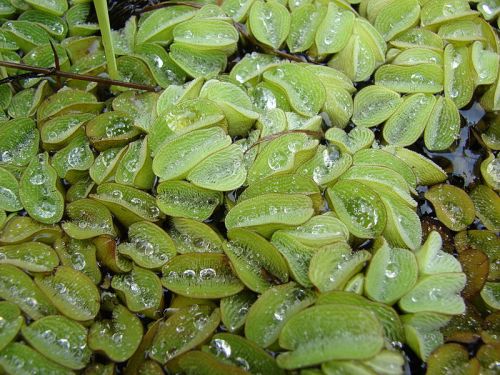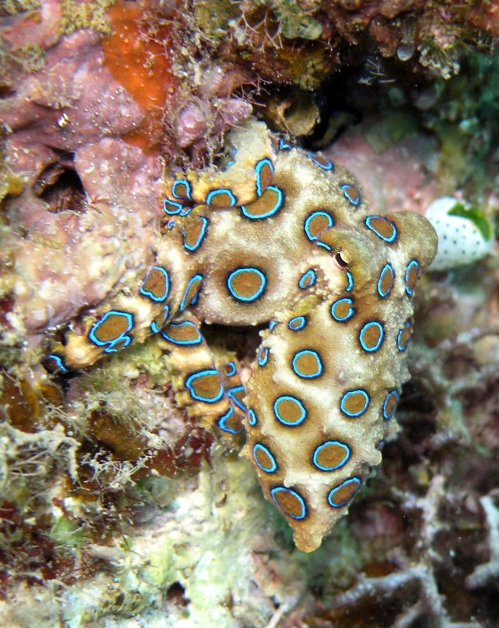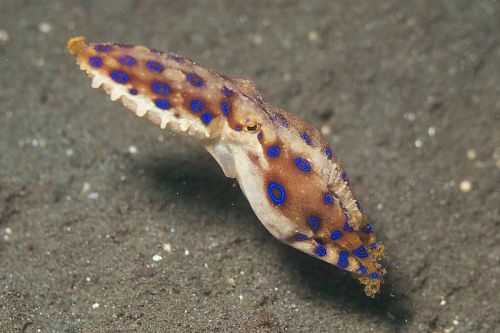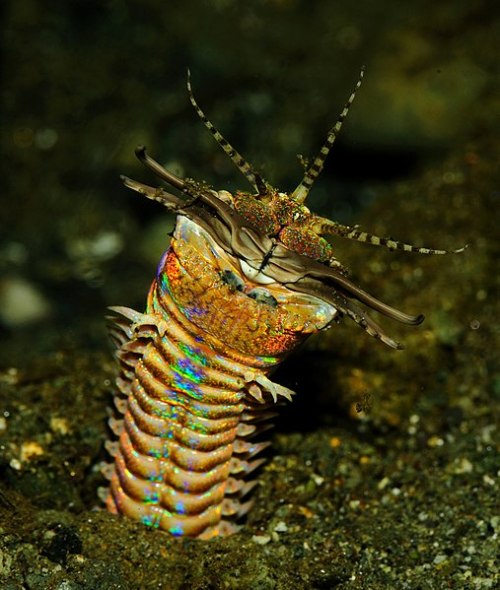by Piter Kehoma Boll
Hello, folks! So I decided to start one more regular section at our blog. Every Wednesday I’ll bring you a naturalist or other scientist so that you can know a little bit more about those that made biology what it is today. I’ll try to make it about someone whose birthday falls on that day, but I cannot asure that it will work every week, as I (still) don’t know at least one biologist that was born on every day of the year.
But our category will start right now with an Estonian scientist.
Karl Ernst Ritter von Baer, Edler von Huthorn, was born on February 28, 1792, in Piep (or Piibe), Estonia. During his adolescence and early adulthood, he was very unsatisfied with the education he received in his home country and eventually left it to study abroad in Berlin, Vienna and Würzburg. In Würzburg, he met physician Ignaz Döllinger and was introduced by him to the field of embryology, which he embraced gladly.

Portrait of Karl Ernst von Baer made before 1852. Author unknown.
From 1817 to 1834 he was a professor at Königsberg University (which no longer exists, having been closed in 1946 when the city of Königsberg was transfered to the Soviet Union and renamed Kaliningrad). He dedicated most of his research there to embryology, making remarkable discoveries in the field. He discovered the blastula stage of the embryonic development, as well as the notochord. Together with the embryologist Heinz Christian Pander, he described the germ layer theory of development (i.e., the theory that embryos develop from three (or two) germ layers: ectoderm, mesoderm and endoderm). He also stated that the embryo of “higher” forms do not resemble the adults of “lower” forms, but rather the embryos of those lower forms, which contrasts with the more famous theory of Ernst Haeckel that says that the embryo stages recapitulate the previous forms (“ontogeny recapitulates phylogeny”). For such astounding contributions, von Baer is sometimes called the founding father of embryology.
In 1834, von Baer moved to St. Petersburg and joined the St. Petersburg Academy of Sciences. He then kind of let his interest for embryology aside and concentrated in zoology, geography and so on, doing a lot of field research. In 1845, he helped to found the Russian Geographical Society and, in 1859, the Russian Entomological Society, becoming its first president.

Karl Ernst von Baer in 1865, aged 73.
Later in life, von Baer become a leading critic of Charles Darwin, rejecting the idea of natural selection, even though he stated many years before that he believed in the transmutation of species.
Von Baer died on November 28, 1876, in his sleep, aged 84.








